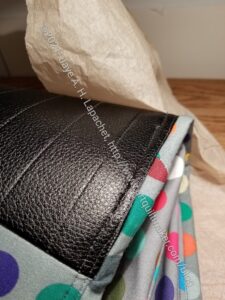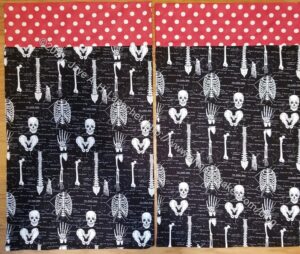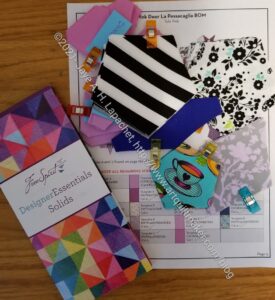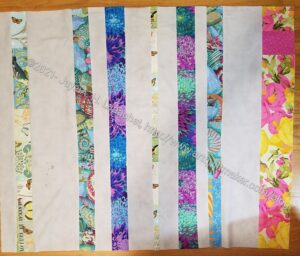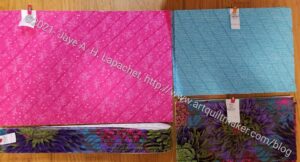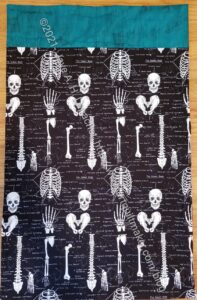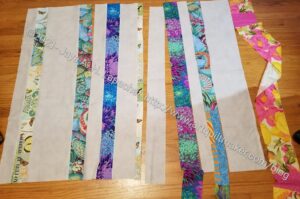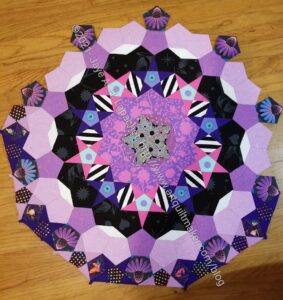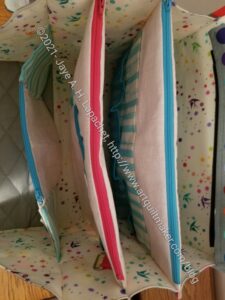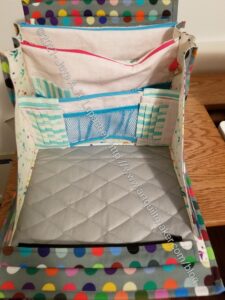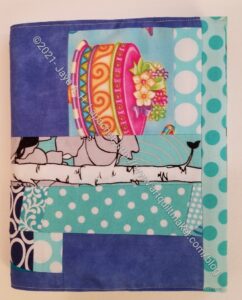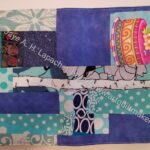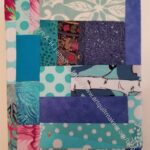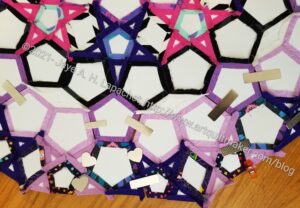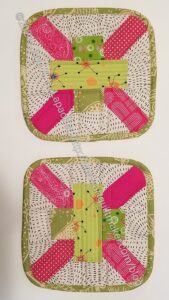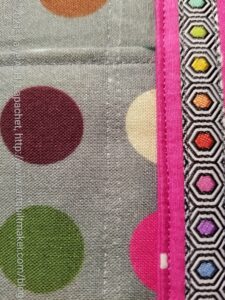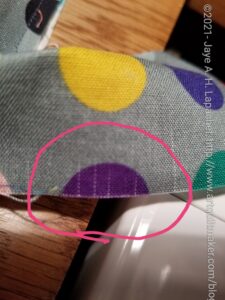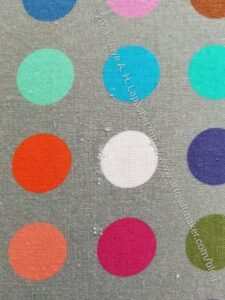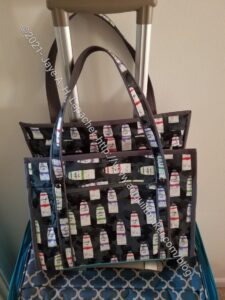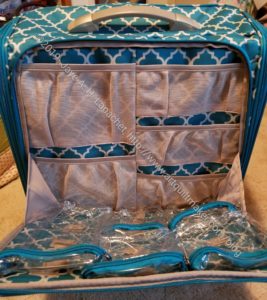 Quilts from the House of Tula Pink: 20 Fabric Projects to Make, Use and Love by Tula Pink
Quilts from the House of Tula Pink: 20 Fabric Projects to Make, Use and Love by Tula Pink
I had to read this in my browser to write this review as I kept falling asleep as I read it at night. I didn’t fall asleep because it was boring; I fell asleep because I was tired. I think I have to be sitting upright to write reviews. 🙂
As I have worked on La Pass, I have gotten more interested in Tula Pink. I have watched most of her Tula Talk Tuesday videos and have gained a lot of respect for her work ethic, design ideas, her ability to have fun along the way and to connect with her customers. I was somewhat disappointed in this book. I wanted to learn more about Tula Pink the person. Instead I was handed more patterns for projects. The projects were fun and whimsical and some of the projects are interesting, but I have enough projects. I want to learn about inspiration, what inspires Tula and more about where she came from. I know it is too much to ask, because everyone needs their privacy, but I still want to know. Despite this disappointment, there are some interesting things about this book.
As I said, I borrowed this on Kindle. The Library’s hours are much reduced and I can’t take time from work to drive over to the library to pick up the print book. It is much easier for me to write reviews when I have the print book. I can flip back and forth and refer to page numbers for you. This will be a much more basic, not as detailed review.
One weird thing was that on the title page, Tula’s name was spelled ‘Tule’. The librarian (cataloger) in me always studies the title page. Not sure if it is just this copy or if she used to spell it that way. Strange. Also, where was the copy editor???
The first few pages after the title page and before the contents page has the beautiful photos we come to expect from Tula. I like how some of the quilting extends beyond the photo onto the page.
The first section of the book is called Techniques and Designs. It includes techniques that Tula uses in her quilts such as Easy Corner Triangles, Half Square Triangles, Tula’s Totally Tubular Tube Technique, Fussy Cutting Method, Scrappy Fusing Technique, Squaring up Strips, Nesting Seams method, and her binding method. Tula also talks about sketching out your design, selecting fabric and thinking about quilting designs.
After the Techniques section comes the projects section. The first project section is her storytelling quilt pattern section and the other one is Color Block quilts and projects. She also has Haiku quilts and projects.
If you have the Simple Folded Corners ruler I talked about you don’t need the Easy Corner Triangles method. However, it is an interesting method, especially where she talks about the measurements.
Tula’s Half Square Triangles method isn’t rocket science. I do like her attitude, however. She writes “Piecing is often discussed in terms of easy and hard. The reality is that there are only so many ways to sew a couple of pieces of fabric together, and none of it takes a college degree to accomplish.” I think this is true, straightforward and well said. She goes on to talk about thinking of piecing in terms of the time it takes.
Tula’s Totally Tubular Tube Technique is a method for creating offset strips. I might be able to use this.
I am pleased to say that Tula shows how to nest seams . Yay! I am not the only one who still does that. I wonder what would happen if other modern quiltmakers knew she nested her seams?
Tula talks about color. Her methods are no different than the methods I teach, but she has better names for them: The Starlet, The Chorus Line, and the Centerpiece Theory. She also talks about creating color stories and I like the way she illustrates this by giving examples of things to think about that represent the colors in the story. For example, for a warm color story Tula suggests you think about “sunsets, fire and gerbera daisies”. These items represent warm colors exactly. She goes through cool, monochromatic, analogous, and complementary. Thinking about items in a certain color family is a great way think about colors. It trains your eye to think about visual images in terms of where colors fall on the color wheel. The examples she uses are all from her own lines of fabric and are very interesting.
The author has a few pages on quilting and discusses home vs. professional quilting. Tula gives the pros and cons of both, disparaging neither.
There are 20 projects in the book. Each pattern has about 7 pages. Tula weaves a small story around each quilt, which I find entertaining and endearing. The quilts are mostly made from squares and rectangles, so not very difficult. I noticed that there were a few triangles in one quilt. Not all of the projects are quilts. She also shows you how to make a framed silhouette, a shower curtain, a clock, pillows, a lampshade, a sleeping mask, and a sketchbook cover. Some of these have buttons, hand embroidery and others use different interfacings.
Throughout the book are hand drawn images of project steps, finished projects (in addition to the photos) and details. The images look like they were colored in with colored pencils. The end of the book has all of the templates. Finally, there is also an index, which makes my librarian heart sing.
None of the projects are very difficult. They all have some humor associated with them. This book is worth a look if you want any of those things or you just like Tula Pink.
View all my reviews
